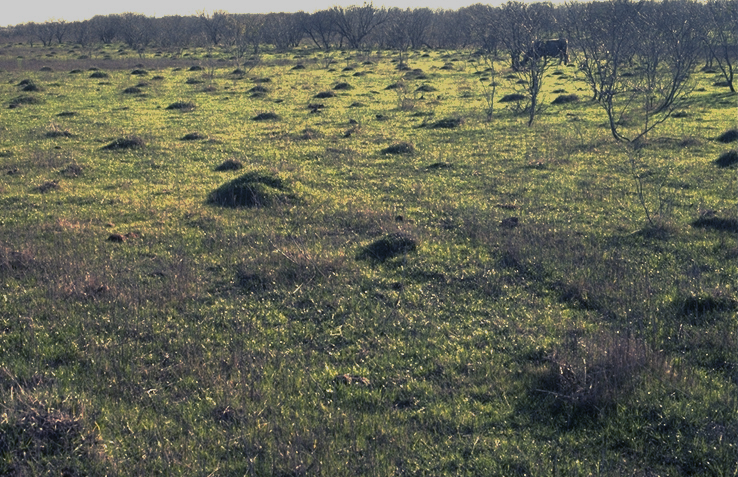
Put Out Fire Ants on Your Pasture
Your pasture is supposed to be a peaceful place for livestock grazing and forage plant growing. But fire ants have other plans. Their mission is to invade your pasture and turn its tranquility into turmoil for your animals, your workers and your investment.
Fire ants pose a major threat to your pasture. Once they settle into their new surroundings, they often forage for food or moisture in the same areas where livestock graze, according to NC State Extension Publications. Their stings can harm and potentially kill livestock, especially younger animals.
The key to defeating a fire ant infestation is stopping it before it starts. Here are some fire ant prevention tips for your pasture.
Know your enemy
Identification is half the battle when trying to prevent a fire ant infestation. And while fire ants can be talked about generally, there are several species to keep an eye out for, plus there are other pest ants that can be controlled by Extinguish® Plus.
- In addition to their painful and sometimes fatal stings, red imported fire ants damage agriculture equipment with their tall, hardened mounds
- It’s no surprise that Southern fire ants or California ants are primarily found in Southern California. And while they’re smaller than red imported fire ants, they still pack a painful punch. They’re sensitive to footsteps and won’t be afraid to attack any threat to their mound.
- Harvester ants get their name because they feed on seeds. They also tend to build their nests underground.
- Big-headed ants not only have big heads, they nest in soil underneath debris and equipment. They also feed on seeds and nectar.
- Finally, Argentine ants are small in stature but sometimes have colonies with multiple queens, making them poised for rapid growth.
Keep up with baled hay quarantine guidelines
One-way fire ant infestations can spread across your pasture and to other locales is through baled hay. Fire ants can infest baled hay and as a result are moved to other areas that may not be infested.
To prevent this, the U.S. Department of Agriculture’s Animal and Plant Health Inspection Service determines areas where baled hay must be quarantined. In fact, APHIS has created an interactive map that will tell you whether your pasture is in an area under quarantine.
For quarantine areas, the USDA only regulates baled hay that is stored in direct contact with the ground, making it most susceptible to fire ants. Visit this link for more details on what to do with your baled hay if your pasture is in a quarantine area.
Put fire ants out with the right product
Extinguish® Plus is the best answer to any fire ant problems on your pasture. Extinguish® Plus combines the killing power of an adulticide, Hydramethylnon, and the long-lasting control of the insect growth regulator (IGR), (S)-methoprene, to deliver short-term and long-term control of fire ants.
With Extinguish® Plus by your side, you’ll start to see fire ant colonies dwindle in about one week. And the entire colony could be eliminated within as little as two weeks.
Learn more about how Extinguish® Plus can protect your pasture from a fire ant infestation.